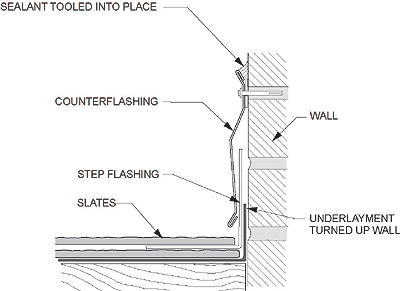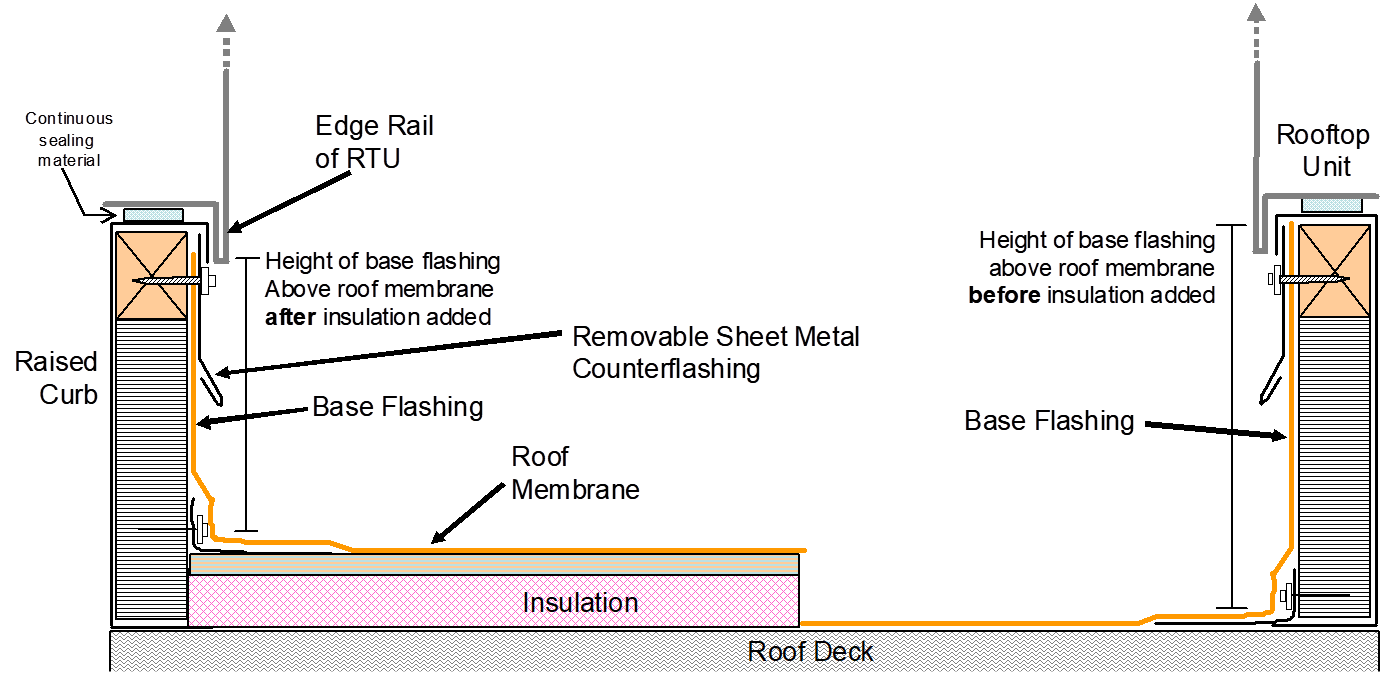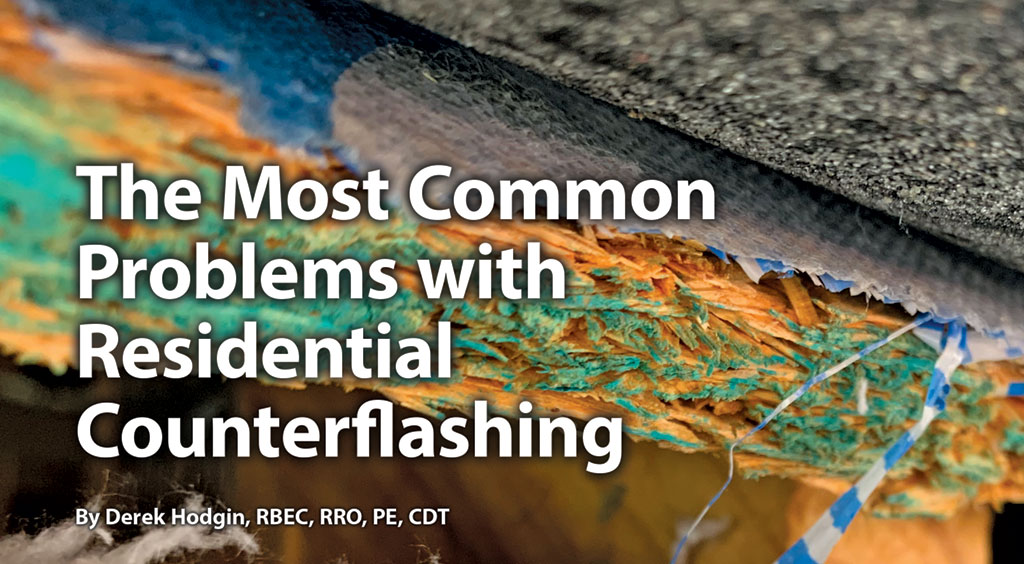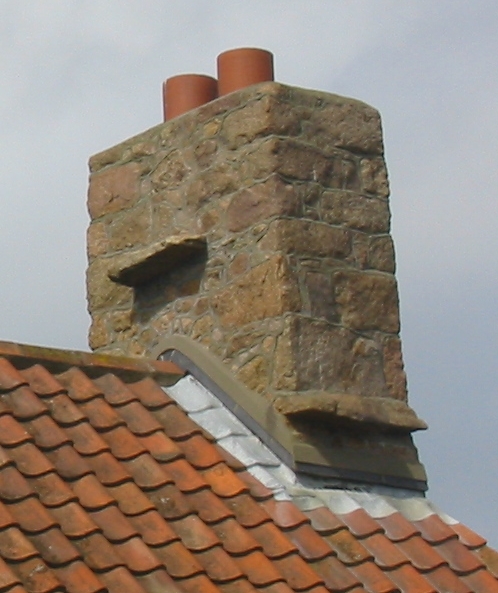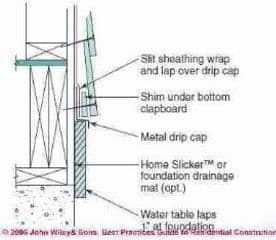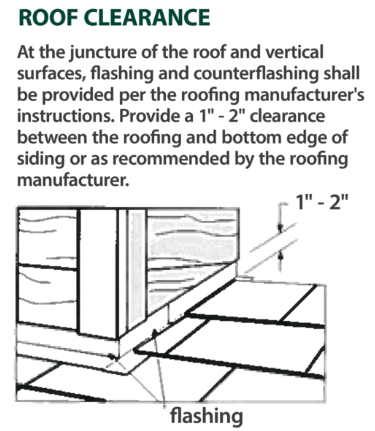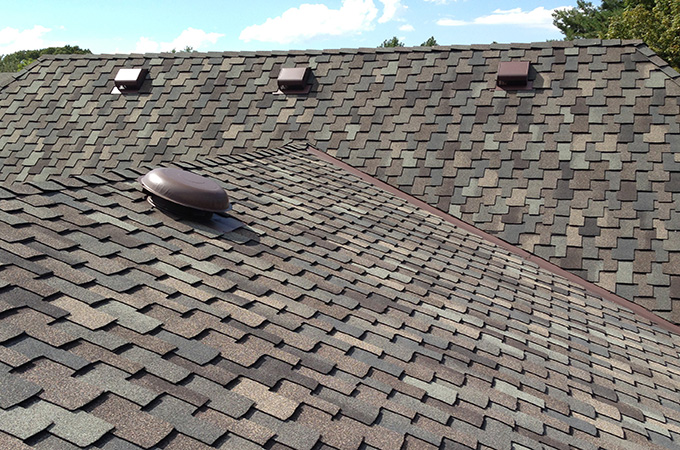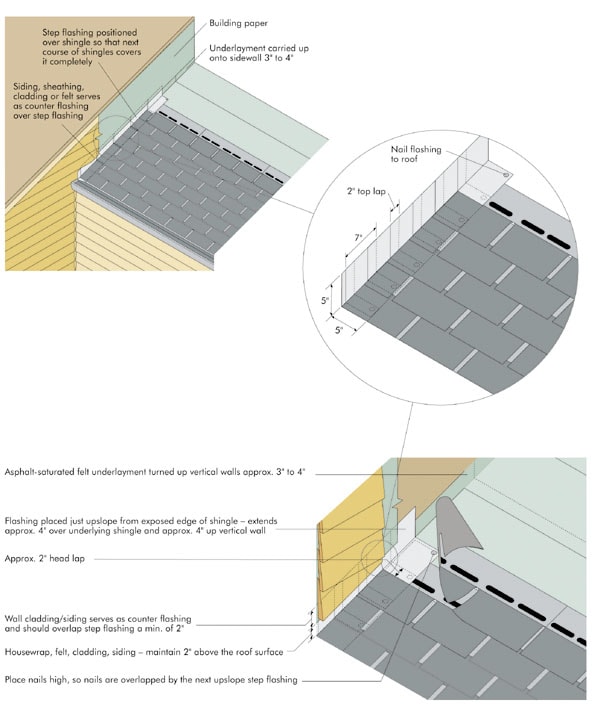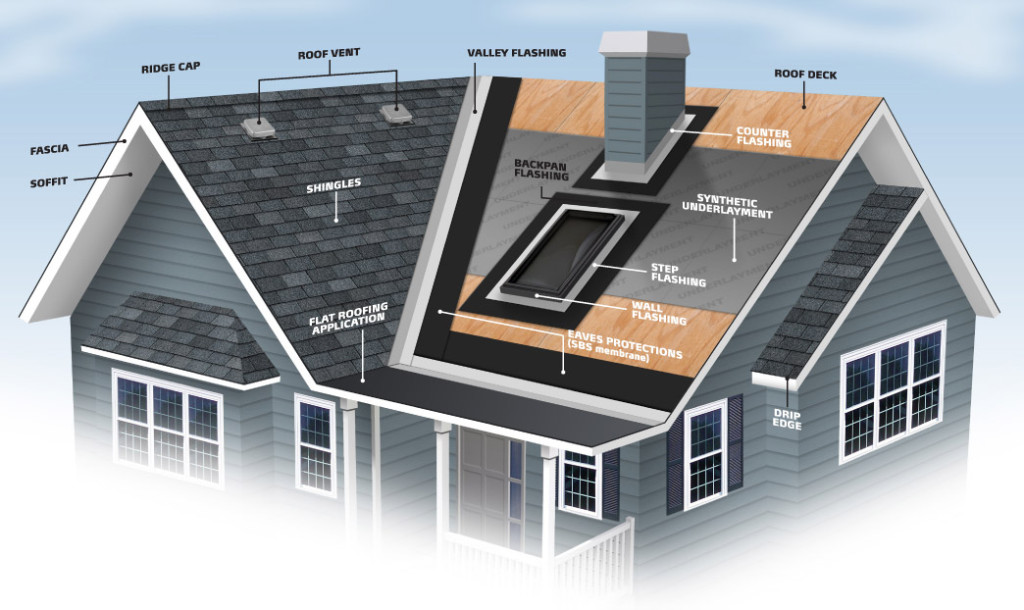This term can be used in different scenarios however it generally refers to a waterproofing detail that is located along a roof edge over a window or door or any other area that will require waterproofing.
Roof counterflashing definition.
The term reglet flashing refers to an installation method for counter flashing not a separate layer.
Counter flashing is the final layer of a three part waterproof barrier installed between a roof and a vertical wall or chimney.
A strip of sheet metal often built into masonry and turned down over other flashing.
A strip of sheet metal in the form of an inverted l built into a vertical wall of masonry and bent down over the flashing to make it watertight.
Counter flashing is the opposing piece of metal aluminum fabric etc.
Reglet can also refer to the counter flashing itself when it is applied on the surface known as face reglet or reglet flashing.
Formed metal sheeting secured on or into a wall curb pipe rooftop unit or other surface to cover and protect the upper edge of the membrane base flashing or underlying metal flashing and associated fasteners from exposure to the weather.
A reglet is found on the exterior of a building along a masonry wall chimney or parapet that meets the roof.
The first two layers are called base flashing and step flashing.
Used to prevent water from entering the joints and the exposed upturned edges of base flashing on a roof.
The decorative horizontal molding or projected roof overhang.
Flashing is installed to surround roof features such as vents chimneys and skylights.
Counterflashing formed metal or elastomeric sheeting secured on or into a wall curb pipe rooftop unit or other surface to cover and protect the upper edge of a base flashing and its associated fasteners.
Copyright 2003 by mcgraw hill companies inc.
That slips under the actual flashing.
Mcgraw hill dictionary of architecture and construction.
Counter flashing should also be used when roofing meets a vinyl exterior wall surface.
Roof flashing is a thin material usually galvanized steel that professional roofers use to direct water away from critical areas of the roof wherever the roof plane meets a vertical surface like a wall or a dormer.
